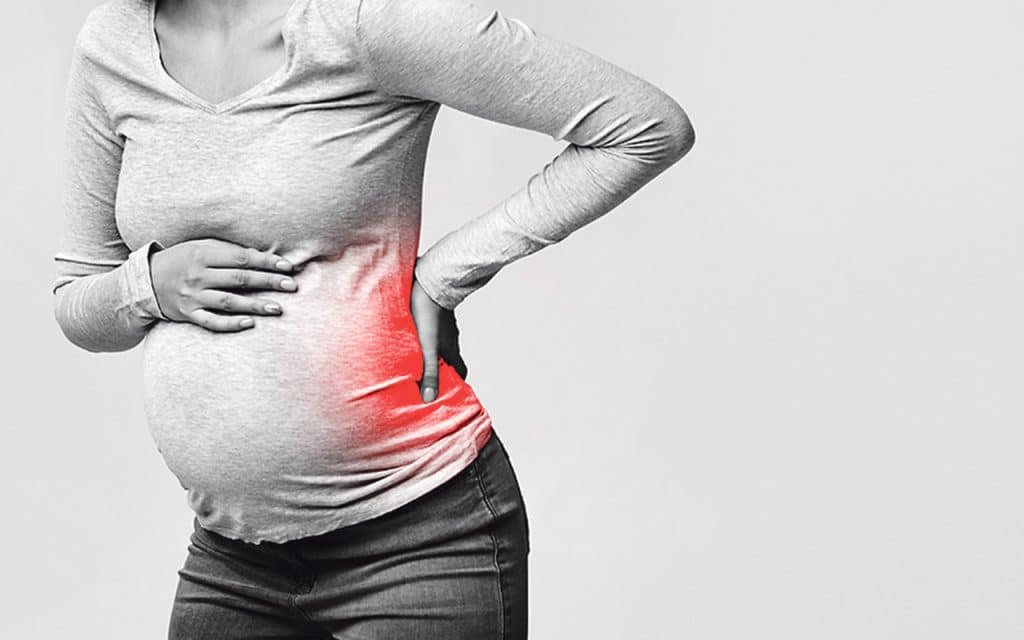

Amanda Roe: Acupuncture and Clinical Hypnotherapist.
Call 087 6331898
Email: amanda@roehealth.ie
The sciatic nerve runs from the lower back through the hips, buttocks, and down the leg to the foot. Sciatica a condition where the sciatic nerve becomes irritated, compressed, or inflamed. It is characterised by pain that radiates along part or the length of the sciatic nerve.
One might assume that sciatica would only affect women with pre-existing back issues but the reality is that there are a number of factors that make it common during pregnancy.
As the baby grows, the woman’s centre of gravity shifts and postural changes often put pressure on the lower back and hips. Additionally, the piriformis muscle, located near the sciatic nerve, can also become tight irritating the nerve. Hormones that relax and loosen ligaments in preparation of childbirth can also lead to instability in the pelvis and increase the likelihood of nerve compression.
With the weight of the baby and uterus adding further downward pressure near the sciatic nerve, symptoms can manifest especially in the later stages of pregnancy. Sciatica symptoms can range from mild to severe. Numbness or tingling sensations can be felt in the affected leg or foot, and weakness can make it diffcult to move or control the leg. The pain may intensify when sitting, standing, lying down, coughing or sneezing and is often described as a sharp shooting pain that travels somewhere from the lower back, through the buttock down the leg to the foot.
Discomfort and pain can have a significant impact on the mother’s quality of life making it diffcult to walk, sit, perform daily activities, and/or make it diffcult to sleep, which can lead to fatigue and emotional stress.
While sciatica is common during pregnancy due to the physical and hormonal changes, it does not directly affect the baby or the progress of the pregnancy. Some strategies that can help manage symptoms and alleviate pain include keeping active, gentle exercises like prenatal yoga, swimming, or walking; all will strengthen muscles and relieve pressure on the sciatic nerve. Stretching can also help, especially when focused on the lower back, hips, and piriformis muscle to reduce any tension. Maintaining a good posture is
important – a maternity belt can help alleviate pelvic and lower back strain whilst supportive pillows under the belly and between the knees can cradle the body to improve sleep.
If these solutions are not enough, then acupuncture can help. Acupuncture is a safe and drug-free option that stimulates the nervous system to release endorphins (the bodies natural painkillers). It can also improve circulation and target muscle tightness especially in the piriformis to alleviate nerve irritation and reduce inflammation in the affected area. Improved blood flow accelerates healing, and acupuncture promotes overall relaxation, reducing symptoms and stress.
Amanda Roe is a clinical hypnotherapist, acupuncturist and herbalist specialising in women’s holistic health. She uses a range of therapies including dietary guidance to improve fertility, mental, emotional and physical wellbeing. Supporting natural recovery from trauma, eating disorders and other mind/body illness. for more information or to book a consultation visit www.roehealth.ie or call/text Amanda on: 087 6331898


